Humans often treat secrets as personal treasures. We whisper them to trusted friends, hide them in journals, or protect them deep within memory. In nature, secrets serve another purpose. They help animals survive. From ravens that hide food to cats that conceal their next move, secrecy shapes life itself. These animal caching behavior stories reveal intelligence, planning, and emotional depth hidden behind quiet instincts.
The Hidden Code of Caching
In biology, caching means hiding food for later use. Animals that cache prepare for scarcity before it arrives. A fox buries extra prey in cool soil. A jay hides acorns under fallen leaves. A squirrel digs and hides nuts to survive winter.
Early researchers believed these actions were mechanical habits. Later studies revealed awareness behind each decision. Caching animals remember locations, judge safety, and even alter their behavior when other animals are watching. Each cache becomes a memory map stored in the mind.
Ravens stand out among these planners. They hide food differently when alone and when observed. When another raven watches, they sometimes perform false burials. They pretend to finish hiding the food, then leave with it still in their beak. This choice shows prediction and foresight.
Ravens: Masters of Awareness
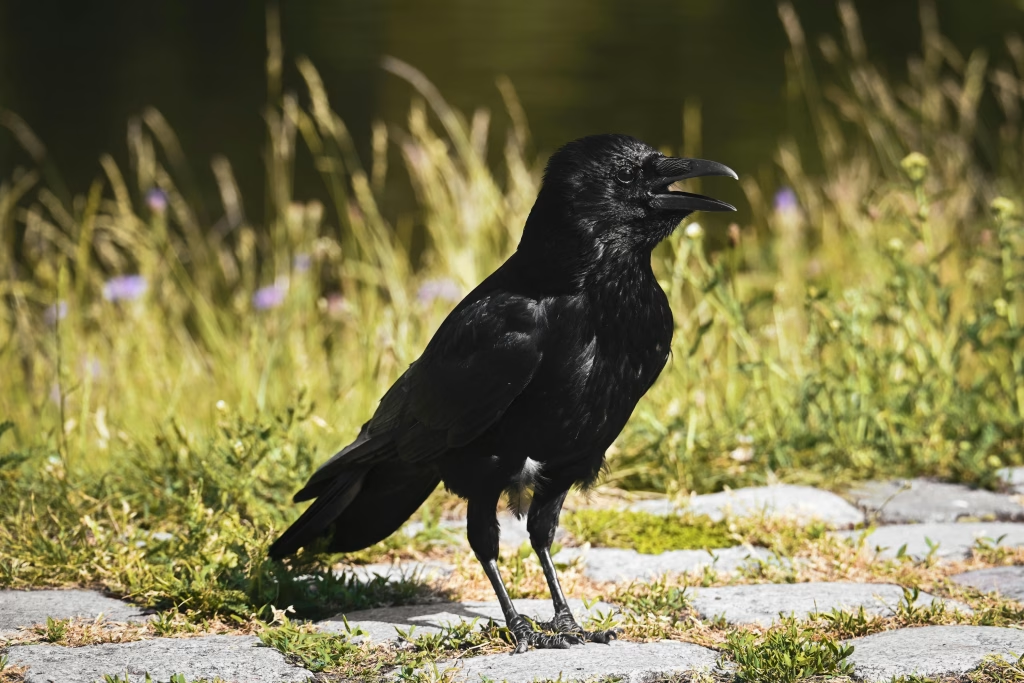
A raven in the forest bends its head toward the ground, holding a piece of food. It pauses, scans the sky, and begins to cover the meal with moss. When another bird appears, the raven changes its plan. It fakes a burial, then quietly flies away with the food to another hiding spot.
Researchers at the University of Vienna confirmed this pattern. Ravens that had stolen food in the past became cautious when hiding their own. They learned that other eyes could follow them and adjusted behavior to reduce risk. The bird did not act out of fear but out of understanding.
Such decisions reveal the ability to imagine another mind. The raven knows that someone else can see and remember. That thought represents a kind of intelligence once believed to belong only to humans.
Cats and Their Silent Plans
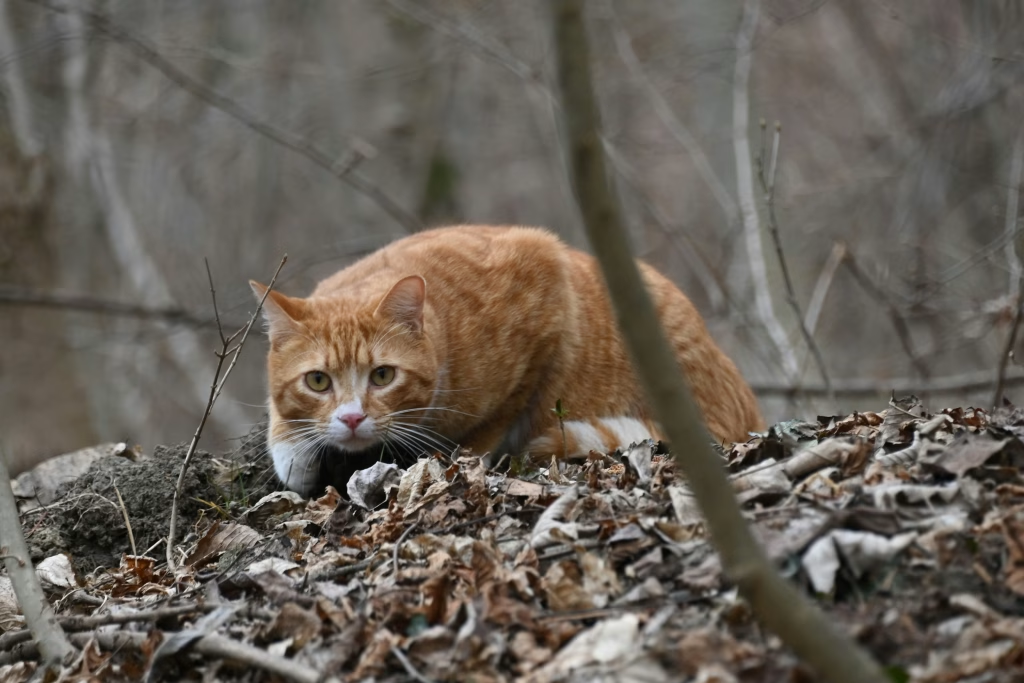
Cats express secrecy through stillness. They do not hide food but conceal intention. Anyone who lives with a cat knows the moment before a leap. The cat stretches, looks away, and then attacks a toy or another pet. That calm pause before movement is strategy.
Wild cats behave the same way. Leopards wait until the wind hides their scent. Lions crouch behind tall grass until the moment of pursuit. Domestic cats follow this inherited pattern inside the home. Their quiet preparation before play or hunt mirrors ancient survival habits.
When your cat lowers its body and stares at a moving object, it performs a ritual written by evolution. The home has replaced the savanna, yet the instinct remains untouched.
Related: 10 Wild Animals That Share Surprising Traits with Pets.
Dogs and the Memory of the Hunt
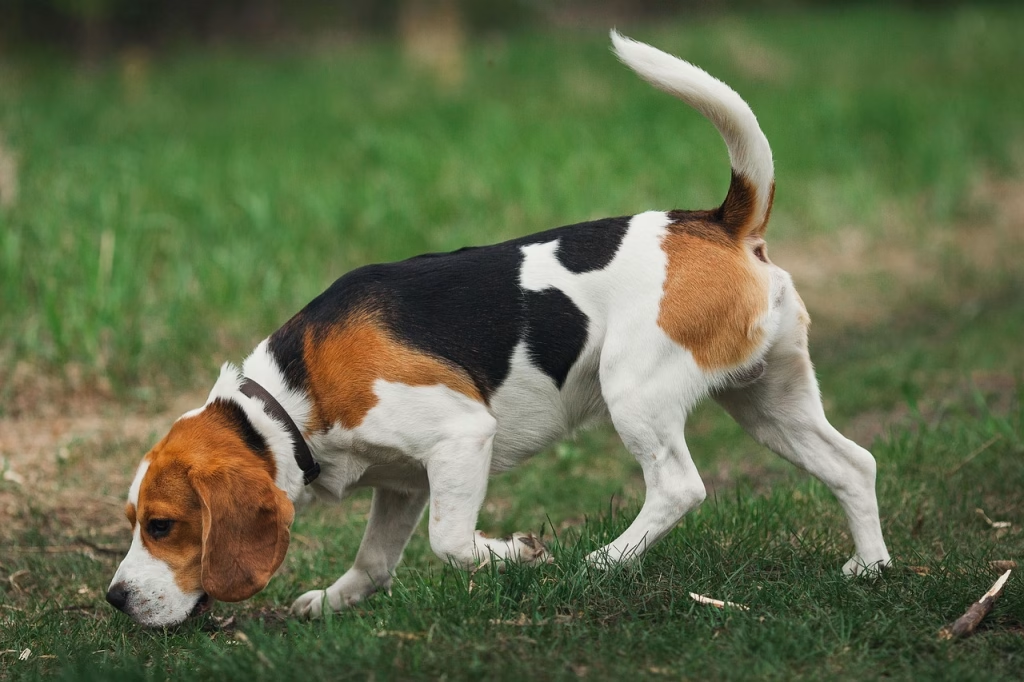
Dogs also tell stories of secrecy. Before they were companions, wolves buried extra meat to prepare for hard seasons. The practice allowed them to save energy when food became scarce.
Modern dogs echo that same memory. Some hide treats behind furniture or under cushions. Others bury bones in gardens or even under blankets. This act is not random. It follows the same pattern of protection and planning that wolves once used.
In homes where more than one dog lives, competition can trigger false hiding. A dog may pretend to bury a toy while watching another’s reaction. These moments of deception show awareness of social dynamics. Even play hides old instincts.
Squirrels, Jays and Forest Memory
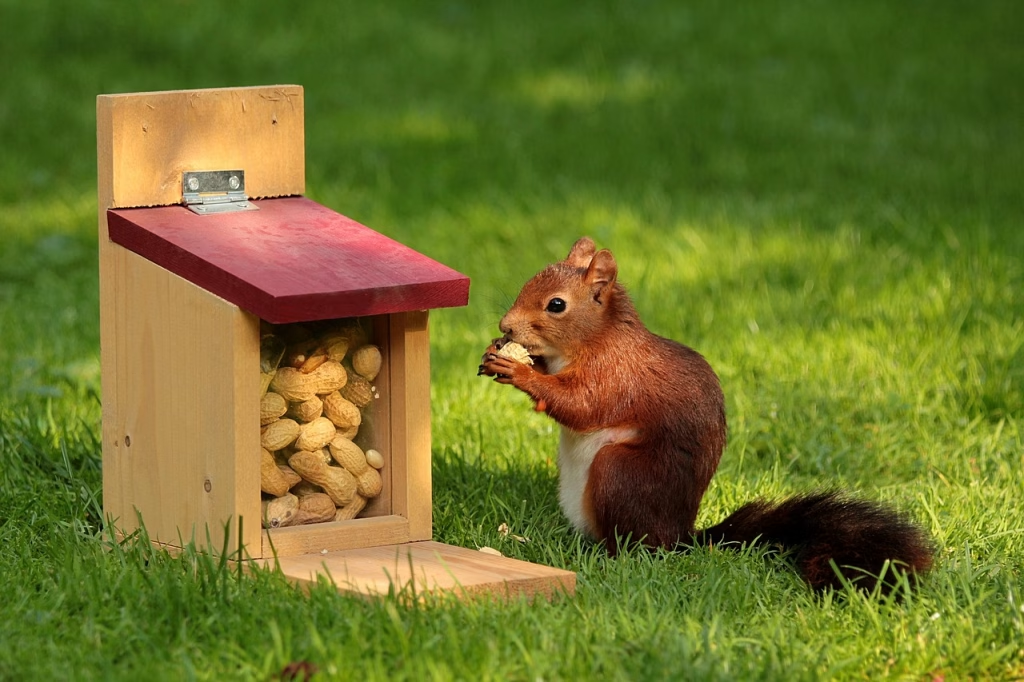
Squirrels, jays, and nutcrackers are among the most dedicated cachers in nature. They scatter thousands of seeds across their territories and remember many of them months later. The seeds they forget grow into trees, turning private survival into forest renewal.
In controlled experiments, jays and squirrels performed false caching when watched by others. They created fake holes, covered them, and moved the real food elsewhere. This behavior illustrates an early form of strategy and planning.
Each nut or seed becomes a message between animal and earth. Secrets in this case build ecosystems.
The Emotional Secrets of the Wild
Not all hidden acts protect food. Some protect emotions. Elephants often step away from their herd to stand quietly near the bones of their relatives. Crows gather around dead companions and leave small sticks beside them. Scientists hesitate to describe these acts as grief, yet they reveal reflection and care.
When animals mourn, they do it privately. That quiet behavior may protect the group from danger by avoiding emotional noise, but it may also show inner awareness. Many animal caching behavior stories include emotion disguised as ritual. Silence becomes their way of showing respect.
The Advantage of Staying Silent
In every ecosystem, survival depends on timing and control. Animals that reveal too much lose advantage. A predator that moves too early loses prey. A prey animal that panics too soon attracts attention. A bird that hides food ensures energy for future days.
Evolution rewards discretion. Secrecy balances strength with patience. It allows life to continue when conditions change. Intelligence follows this same path, growing from the need to anticipate and to hide.
Social Secrets in the Wild
Some animals hide not from enemies but from companions. Chimpanzees conceal tools from dominant males. Dolphins use unique whistle names to call friends but avoid predators. Even fish adjust signals to confuse rivals during courtship.
These choices reveal social complexity. The ability to manage information inside a group shows mental flexibility. Animals capable of deception also show empathy because they must understand what others see or know.
Secrecy and awareness evolve together. The more an animal understands social life, the better it becomes at guarding knowledge.
Pets and the Secrets We Live With
At home, our pets express the same hidden intelligence. Cats stash toys under furniture and act innocent afterward. Dogs bury biscuits and guard them with quiet pride. Parrots hide favorite seeds and retrieve them later.
These habits connect household animals with their ancestors. When a cat pretends to lose interest in a toy or a dog hides food in a corner, ancient instincts surface. They are not random quirks but evidence of the same logic that shaped survival in the wild.
Living with pets means living with fragments of the forest and tundra. Each small secret tells part of that history.
Related: From Jungle to Living Room: The Evolution of Pet Parrots.
Scientists and the Hidden Mind
Modern research on animal secrecy combines observation with technology. Cameras, scent markers, and motion sensors help scientists witness behavior that once went unnoticed.
Ravens respond differently when they believe they are being watched. Some primates hide their food from group leaders. Dolphins plan detours to avoid human observation. Each discovery adds to the growing evidence that secrecy requires complex thought.
Researchers describe this ability as mental time travel, the power to imagine the future. When a raven hides food for tomorrow or a dog plans to retrieve a toy later, they show foresight that challenges human assumptions.
The Mirror Between Animals and Humans
People often forget that secrecy helped shape our own evolution. We hide ideas, plan goals, and choose when to reveal them. The same mental process exists in animals that store food or emotions.
Watching ravens cache food or cats hunt in silence reminds us of shared intelligence. We also balance honesty and privacy. Our minds and theirs share the same architecture of thought: observation, anticipation, and restraint.
Understanding animal caching behavior stories helps us see continuity between human and animal minds. The distance between us grows smaller with each discovery.
Respecting the Secrets We Study
Studying animal secrecy demands respect. Observation can alter behavior. Wildlife scientists now use remote cameras and scent-free equipment to reduce interference. Ethical research honors the subject’s privacy as part of its dignity.
This change in method mirrors a deeper lesson. Respecting the hidden lives of animals means acknowledging that they think and feel. They deserve the same space we give to our own private moments.
Secrets That Still Live Among Us
Every home that includes animals carries a touch of wilderness. A hidden chew toy, a covered treat, or a quiet stare before play all come from instincts shaped by time.
These moments remind us that intelligence does not need words. Silence, planning, and care can say everything. The animals we live with still guard their own small mysteries. Recognizing that truth brings us closer to them.
When you see a dog cover a bone or a cat watch in stillness, you witness memory, trust, and wisdom at work. The wild survives inside those calm gestures. In learning to observe them, we learn a softer form of understanding, one that listens rather than commands.


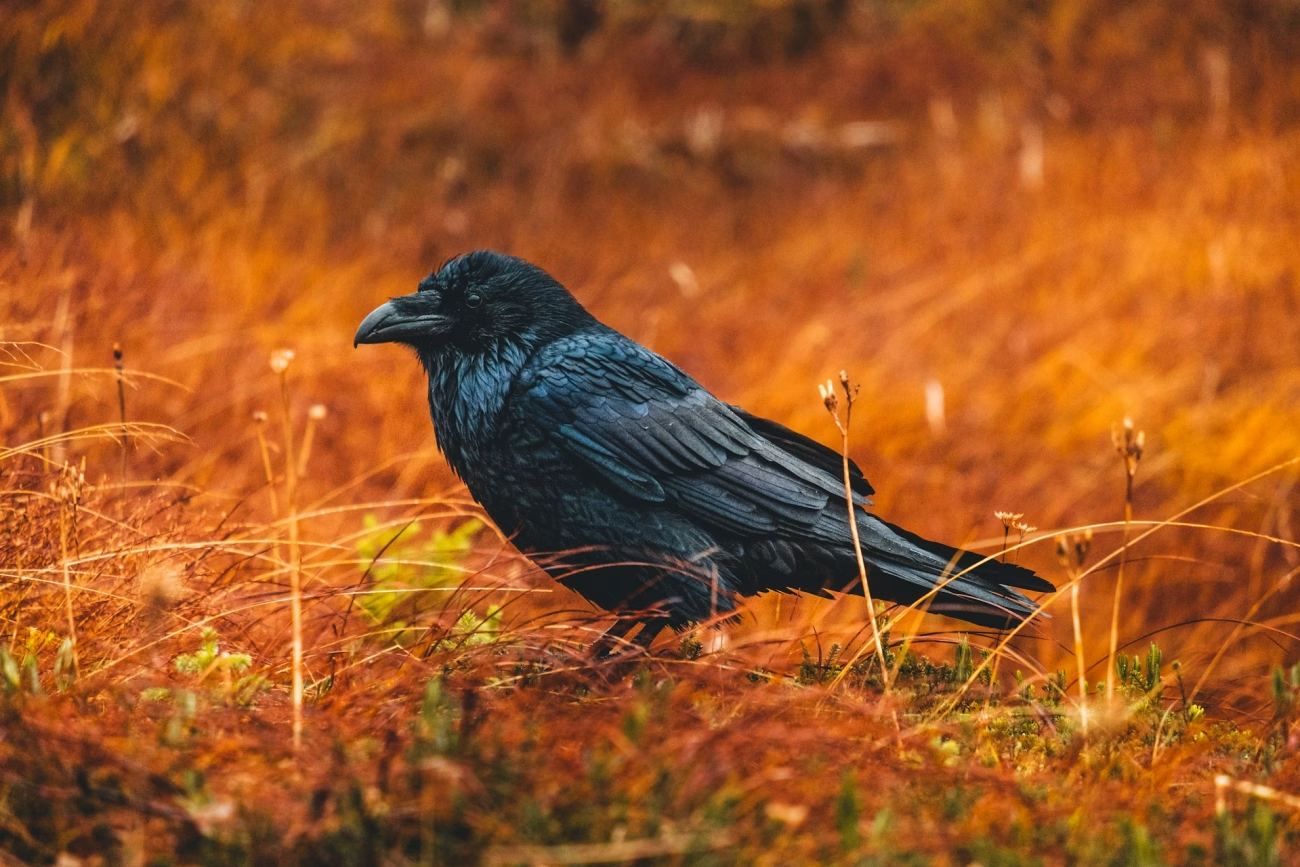
One thought on “Do Animals Keep Secrets? Ravens, Cats and Hidden Caches”